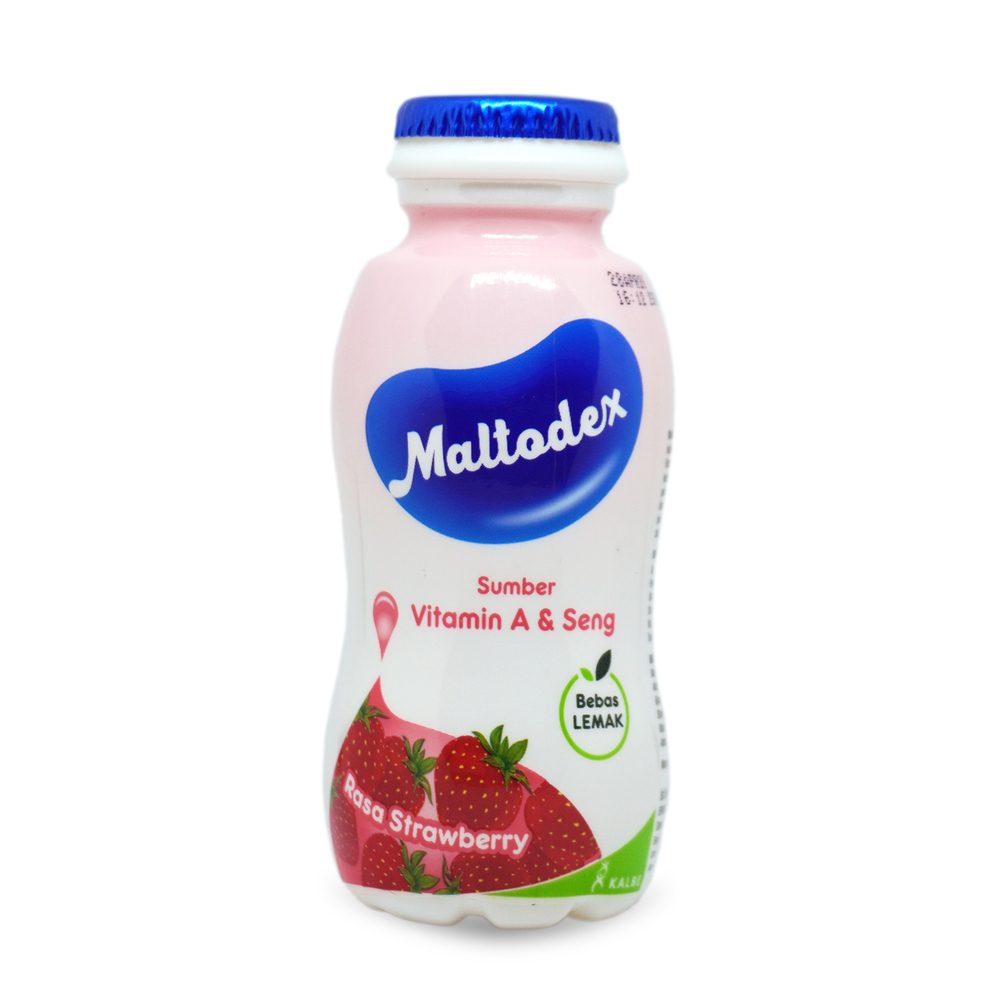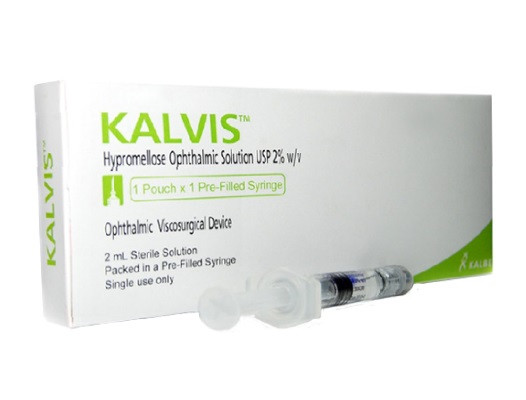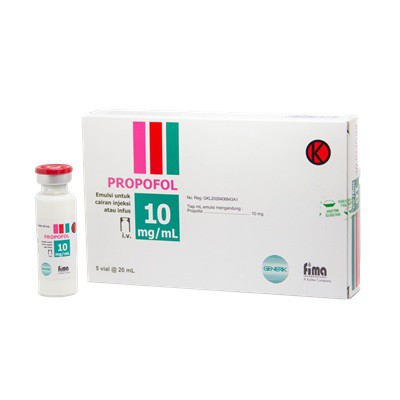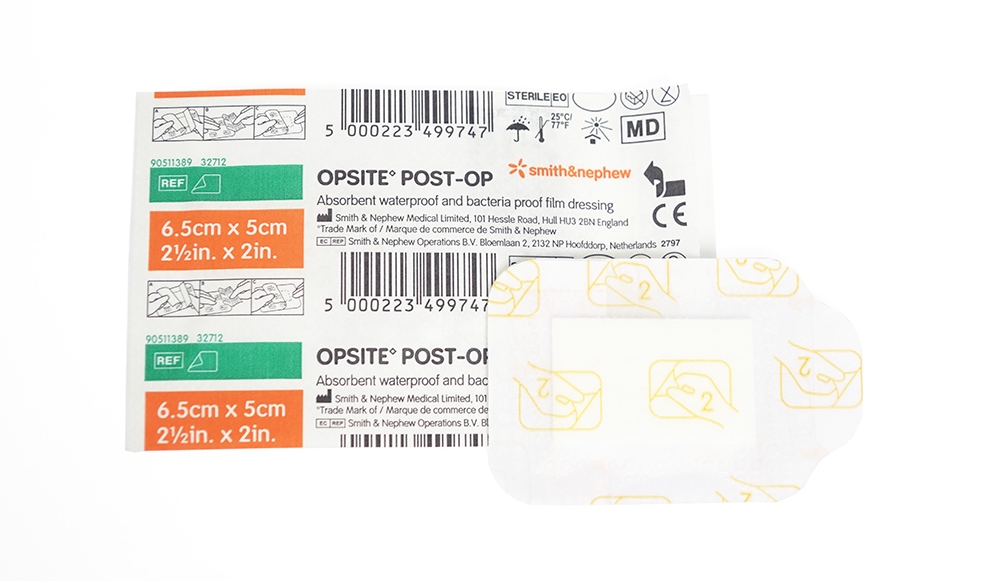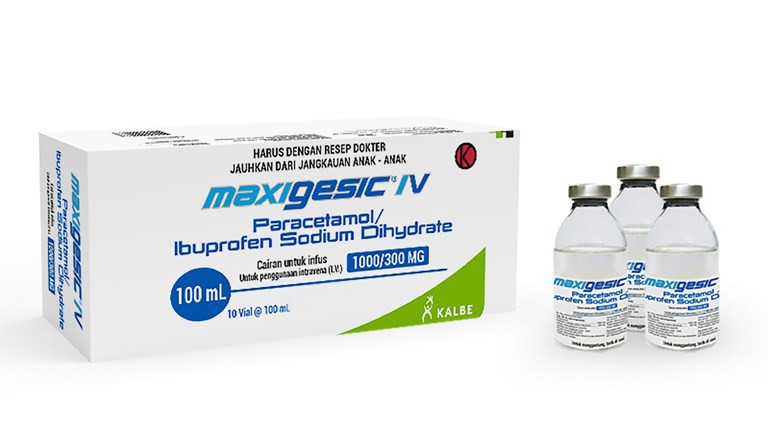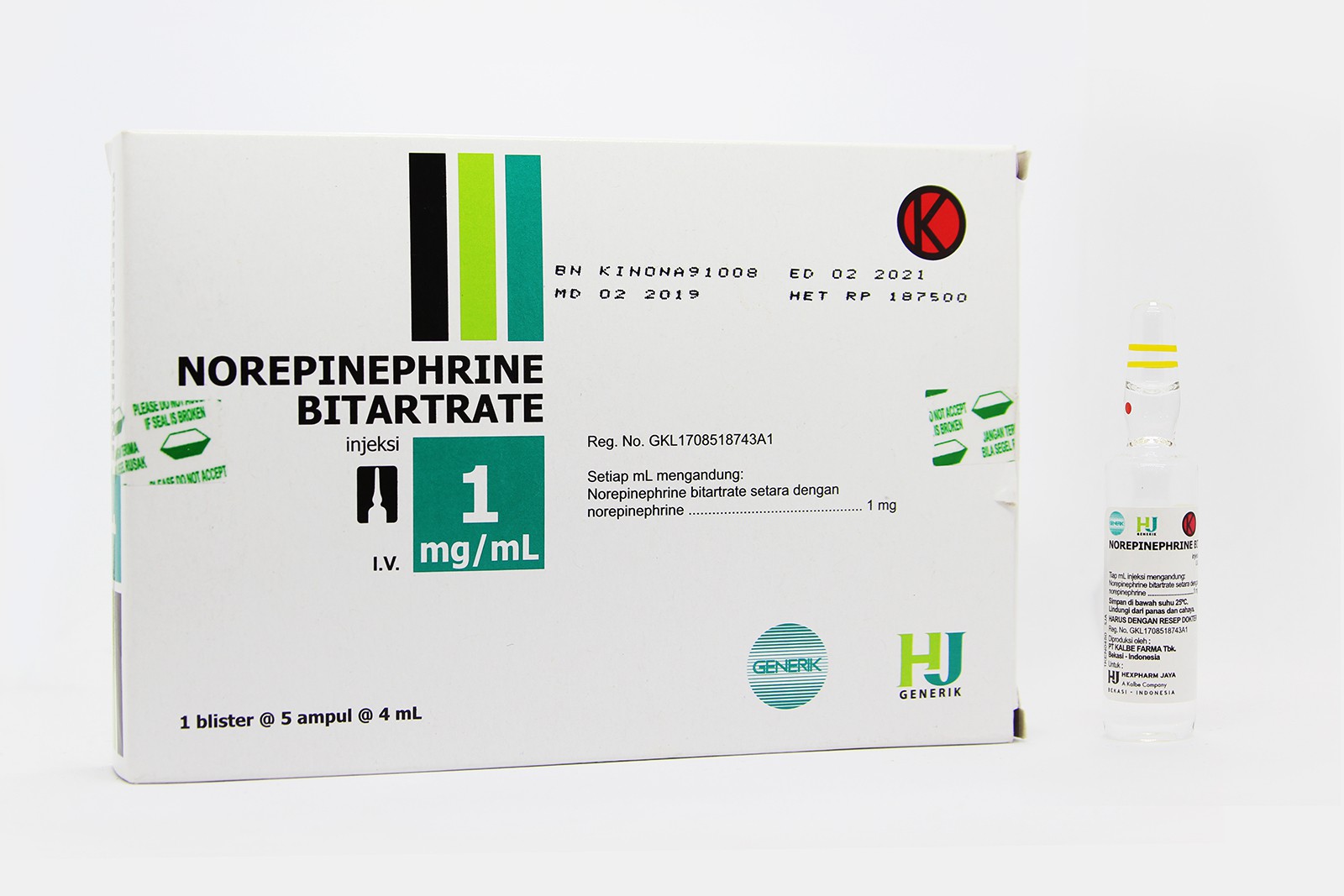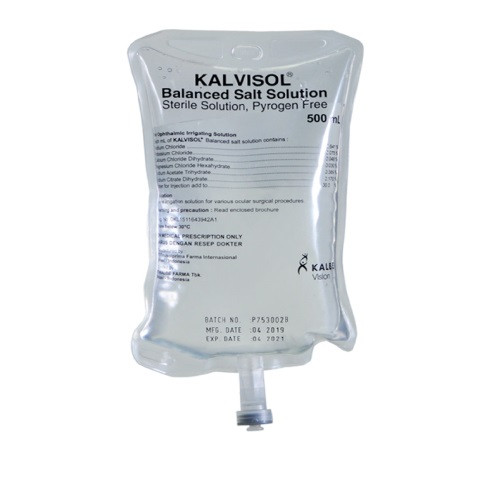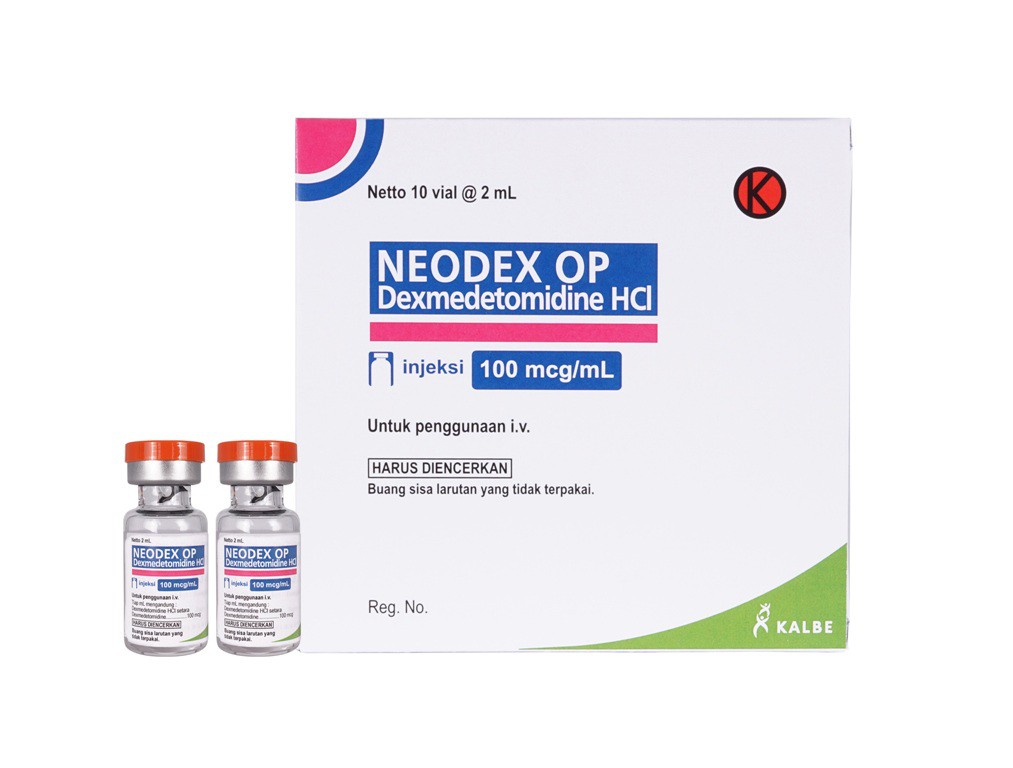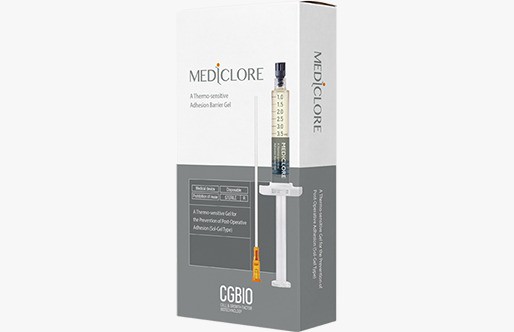
Salah satu masalah dalam controlled hypotension (CH) selama pembedahan adalah sulitnya menentukan karakteristik pasien serta kelebihan dan kekurangan dari obat-obatan yang digunakan.
Controlled hypotension didefinisikan sebagai penurunan tekanan darah sistolik menjadi 80-90 mmHg dan penurunan mean arterial pressure (MAP) menjadi 50-65 mmHg atau penurunannya 30% lebih dari baseline MAP. Controlled hypotension seringkali dikaitkan dengan farmakologi obat-obatan yang digunakan. Salah satu obat-obatan yang sering digunakan sebagai pembanding untuk terapi CH adalah remifentanil dan dexmedetomidine.
Suatu penelitian meta-analisis dilakukan untuk membandingkan efektivitas dan keamanan remifentanil vs dexmedetomidine dalam mengontrol hipotensi pada pasien yang menjalani anestesi umum. Metodenya adalah dengan mengumpulkan penelitian randomized controlled trial (RCT) yang memenuhi kriteria inklusi dari database PubMed, EMBASE, Web of Science, CNKI, SinoMed, Wanfang, dan VIP sampai dengan Agustus 2021. Parameter primer yang dinilai adalah profil hemodinamik, skor lapangan pandang operasi, dan hilangnya darah. Sedangkan parameter sekundernya adalah waktu ekstubasi, skor sedasi dan nyeri di post-anesthesia care unit (PACU), serta efek samping perioperatif.
Hasilnya dari 9 penelitian dengan 272 pasien yang mendapatkan dexmedetomidine dan 271 pasien yang mendapatkan remifentanil menunjukkan bahwa tidak ada perbedaan antara pemberian dexmedetomidine dengan remifentanil terhadap skor lapangan pandang operasi, hilangnya darah, nilai minimal MAP, denyut jantung, skor sedasi di PACU, dan kejadian bradikardia. Dibandingkan dengan remifentanil, dexmedetomidine sebagai CH mempunyai skor VAS di PACU yang lebih rendah (MD -1,01 [-1,25, -0,77], p<0,00001), kejadian menggigil (OR 0,22 [0,08, 0,60], p=0,003, mual dan muntah (OR 0,34 [0,13, 0,89], p=0,03) yang juga lebih rendah. Sedangkan waktu ekstubasi lebih pendek pada remifentanil (MD 3,34 [0,75, 5,93], p=0,01).
Kesimpulan:
Dari penelitian meta-analisis menunjukkan bahwa baik dexmedetomidine maupun remifentanil efektif untuk controlled hypotension dan tindakan pembedahan. Dexmedetomidine lebih baik efeknya terhadap nyeri pasca-operasi dan dapat menurunkan kejadian menggigil, mual, dan muntah. Sedangkan remifentanil memberikan efek anestesi yang cepat, sehingga waktu ekstubasi menjadi lebih pendek.
Gambar: Ilustrasi (Sumber: Envato element)
Referensi:
Xu N, Chen L, Liu L, Rong W. Dexmedetomidine versus remifentanil for controlled hypotension under general anesthesia: A systematic review and meta-analysis. PloS ONE. 2023;18(1):e0278846.











